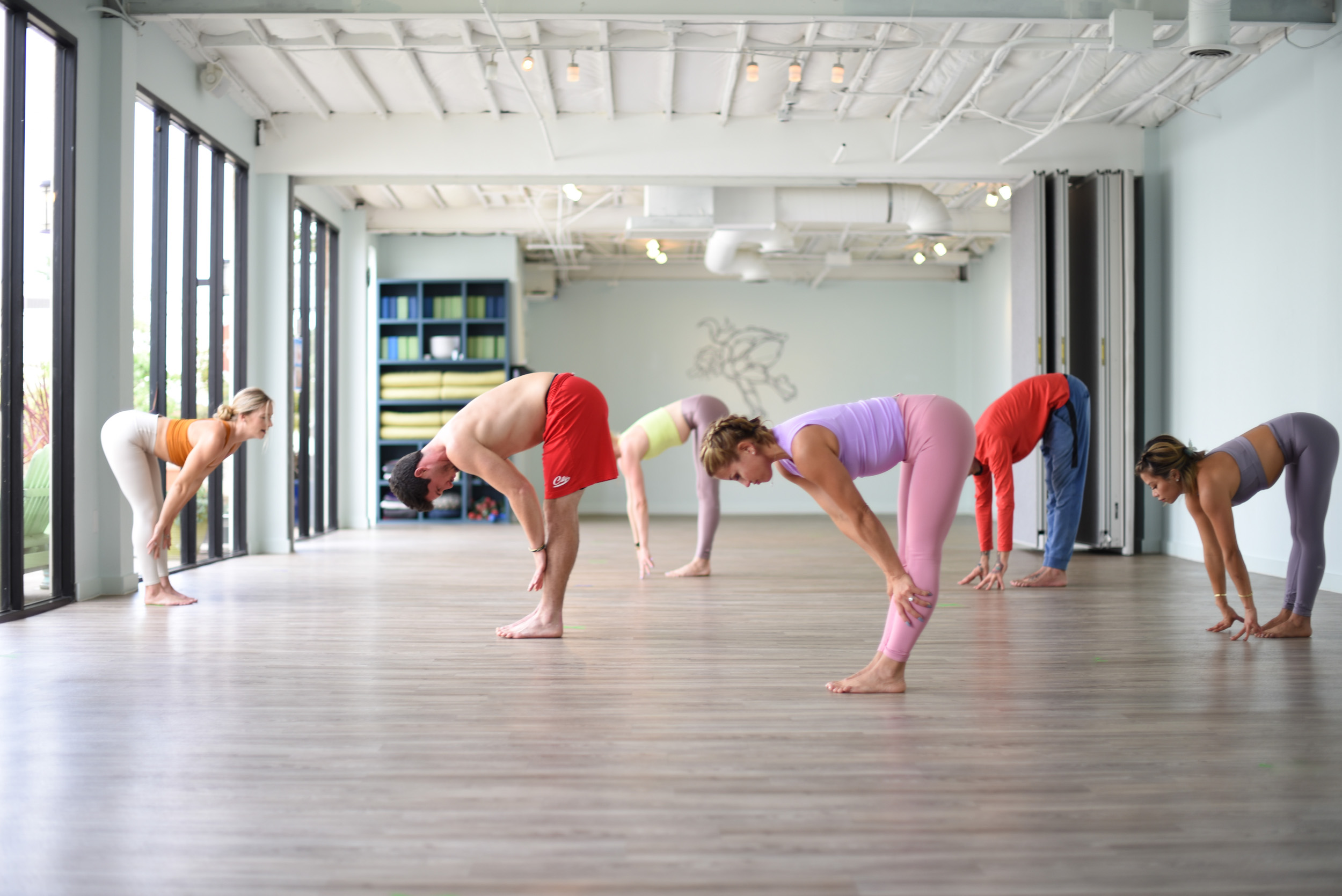
When I got yoga certified in New York City almost twenty years ago, I felt lost and completely unprepared to teach group classes. I was drowning in information from teacher training and didn’t have enough confidence to feel comfortable as a yoga teacher. During my certification I still had a corporate, full time job, and upon finishing it I was making the move across the the country to Los Angeles – la la land of yoga. I vowed to stay committed to becoming a yoga teacher, so getting a second job was not an option.
I dropped off my resume at every yoga studio and gym from Beverly Hills to Studio City and ended up with eighteen weekly classes and a full day commute seven days a week. When I wasn’t teaching, I was taking classes from every reputable teacher I could find. I didn’t just want to be another yoga teacher, I wanted to be one of the best and here is what I learned along the way.
Take As Many Classes As You Can
One of the biggest mistakes yoga teachers make is not taking enough classes. I personally know so many instructors that simply don’t do yoga. They teach their classes, but they never take anyone else’s, and this is exactly why their classes get stale and uninspiring. My goal when I first started teaching was to take at least one thing from every class I was in to incorporate into my own classes. Even the worst class I ever took gave me the gift of a guided meditation that I still use to this day. We can learn something from every teacher, regardless of how great (or not so great) the class was. Now, if you find a teacher that blows your mind, keep taking their class again and again. You will learn through osmosis and your classes will improve tenfold.
Copy from Those Yoga Teachers You Admire
When you take class from those who are better than you, take the class with a teacher frame of mind, rather than from a student’s point of view. Pay attention to how they cue movement, how they incorporate yoga philosophy, and how they sequence poses. Pay attention to how they interact with students, how they adjust, how they carry themselves, how they walk, and how they demonstrate. Pay attention to every detail. Copy what they do well, add your own twist to it and you’ll improve much faster. In the beginning I used to go to class with a notebook. I would jot down sequences that felt good, phrases that touched me on a deep level, and verbal cueing that made sense to me. Over time I created an arsenal of content that fueled my classes for years to come.
Always Keep Learning
The minute you stop learning, it’s over. You might as well throw in the towel. One of my teachers once told me, “when you think you’ve arrived and you have nothing left to learn, you’ve completely missed the point.” One of the reasons why I was so drawn to yoga in my twenties, was because of its vastness. Yoga is often compared to an iceberg, where most people only see the top layer, and many miss the grandeur and massiveness of what lies underneath. If you studied yoga every day for the rest of your life, you still wouldn’t know it all. Keep learning as much as you can, always!
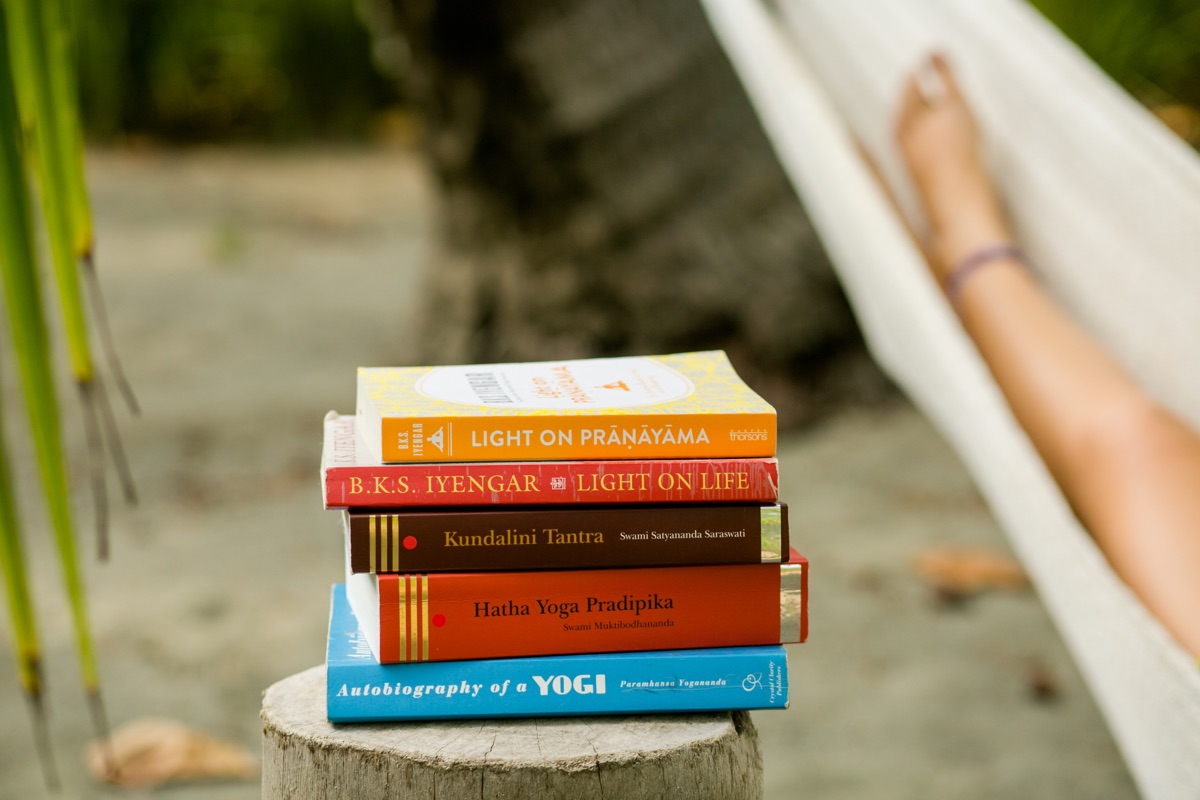
Read Books About Yoga
Reading books about yoga will help you improve your knowledge about anatomy, philosophy, sequencing, the benefits of yoga and so much more. Luckily, every year more and more books about yoga are surfacing and you’ll never run out of options. If you’ve chosen yoga as your career, reading on the topic is like your continuing education. You don’t need to keep taking more teacher trainings as long as you make reading and learning a priority. Some must-reads are: Light on Yoga, Light on Life, The Bhagavad Gita, The Heart of Yoga, The Key Poses of Yoga, and Autobiography of a Yogi.
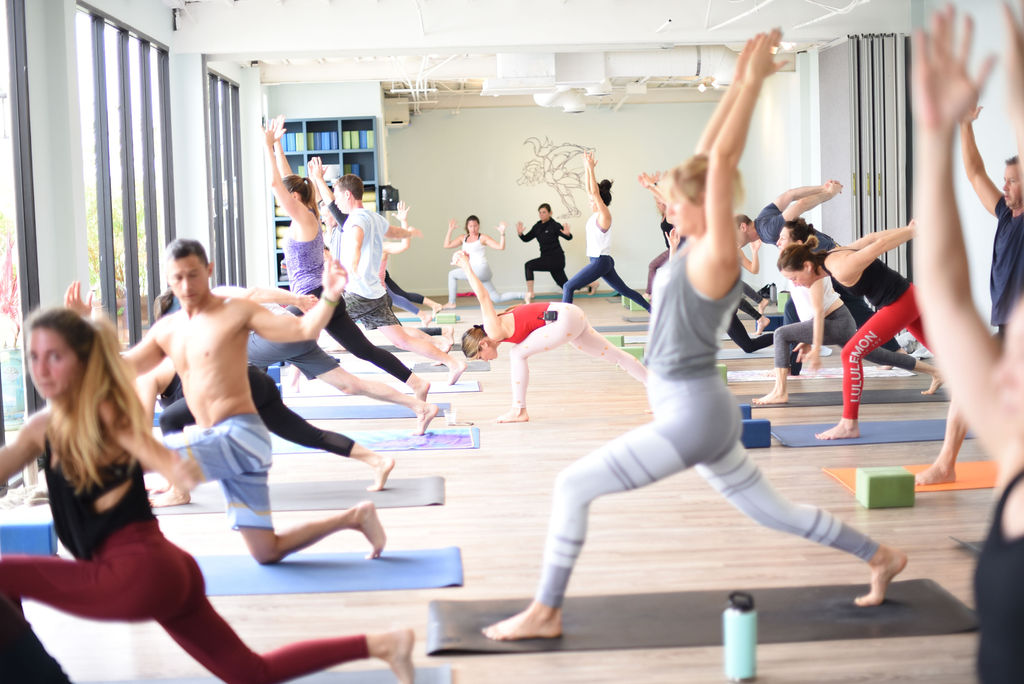
Don’t Try to Sound Spiritual
Reading books about yoga takes me to this next topic about trying to sound “spiritual.” In my opinion, trying to sound too spiritual is a common mistake that new teachers often make. When you’re trying too hard and end up spewing spiritual verbiage to enhance your classes, it will come across as unauthentic and it will turn your students off. No one likes to be lectured, especially in yoga, and even less so when it isn’t genuine. Instead, try sharing one thing that you learned from a book. Keep it simple, share from your heart, and only talk about what you truly know.
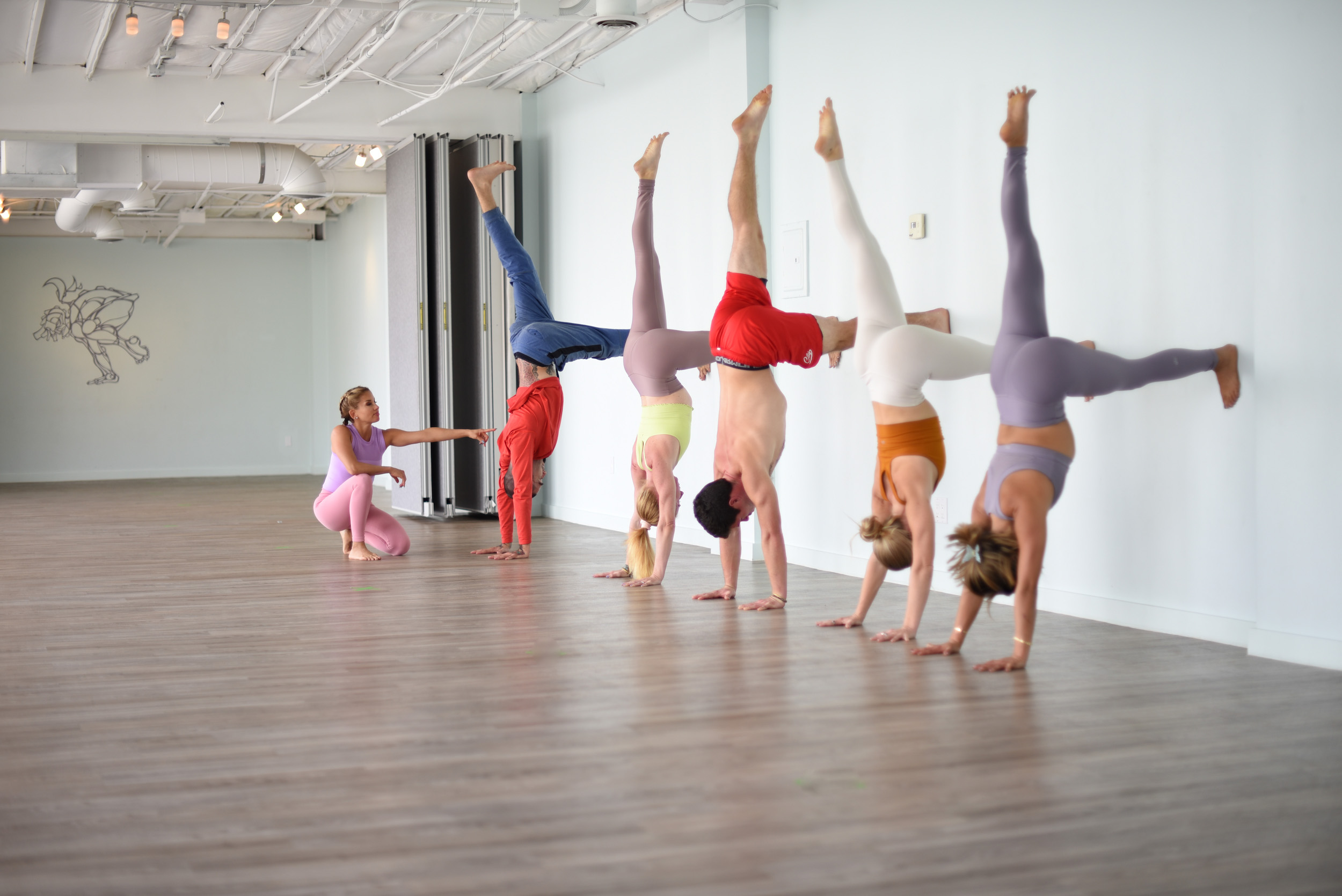
Less is More
Talking too much kills the yoga vibe. I go to yoga to get lost in my body and my breath, not to hear a teacher blabber on and on. When you talk too much, you don’t allow your students to have their own experience. Being concise is an art that takes practice, so stay mindful and be patient. Notice when you’re saying too much and hold back. Breathing while you teach will help you with this skill. When we don’t breathe, we tend to feel the need to fill the room with our voice. Breathing deeply will keep you calm, relaxed, and it will cue your students to keep breathing as well. Saying less is particularly important as you guide your students into the final resting pose (savasana). Silence is the best teacher, so don’t take that away from your students. Let them sink into the pose and remove yourself from their experience.
Record Yourself Teaching
This is a good one. I learned so much from recording myself teaching and playing it back. What I found was that I used a lot of filler words such as “and now we’re gonna…” and “maybe do this, maybe do that” and the old “from here, let’s…” Filler words are the verbal representation of you thinking about what to do next. It’s unnecessary and it tarnishes a direct verbal cue, so do your best to get rid of them before they get deeply rooted into your teaching. Another positive about listening to yourself teach is that you’ll become aware of your tone, whether you have a “yoga voice” and how well you’re projecting. Verbal cueing affects the vibe in your class, so be authentic, be concise, and remember that less is more.
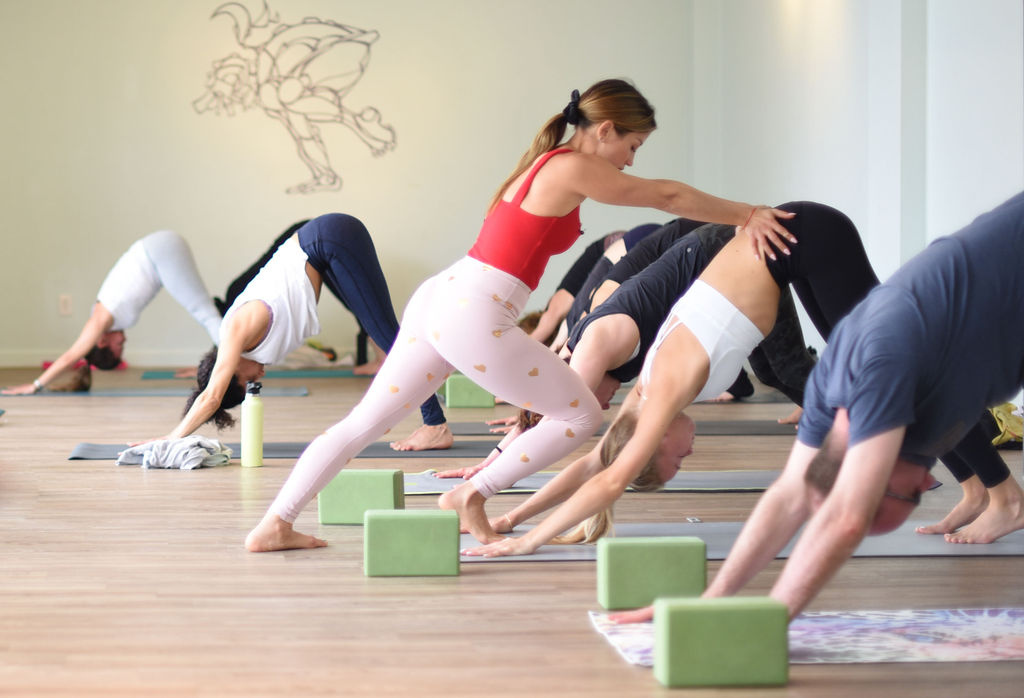
Practice Adjustments Every Time You Teach
I became known for my adjustments early on because I love giving them and I worked really hard at perfecting them. I think my adjustments were the number one reason why I gained many private clients so quickly. I also think it’s why my classes are so popular. People love adjustments. They help students understand where their bodies need to go, they’re a great opportunity for human connection, and they feel amazing. I didn’t take any special classes or workshops to learn adjustments. I learned how to give them by doing them and doing them often. The top three things to keep in mind when giving adjustments are:
- Breathe deeply
- Let go of your fear
- Use enough pressure
Most adjustments I get are too light and they don’t do much. Don’t be afraid to use your own body weight, get creative with how you position yourself, and try to touch every student in your class at least once. Adjustments make a big difference in classes, so start seeing this as a yoga teacher skill you need to perfect.
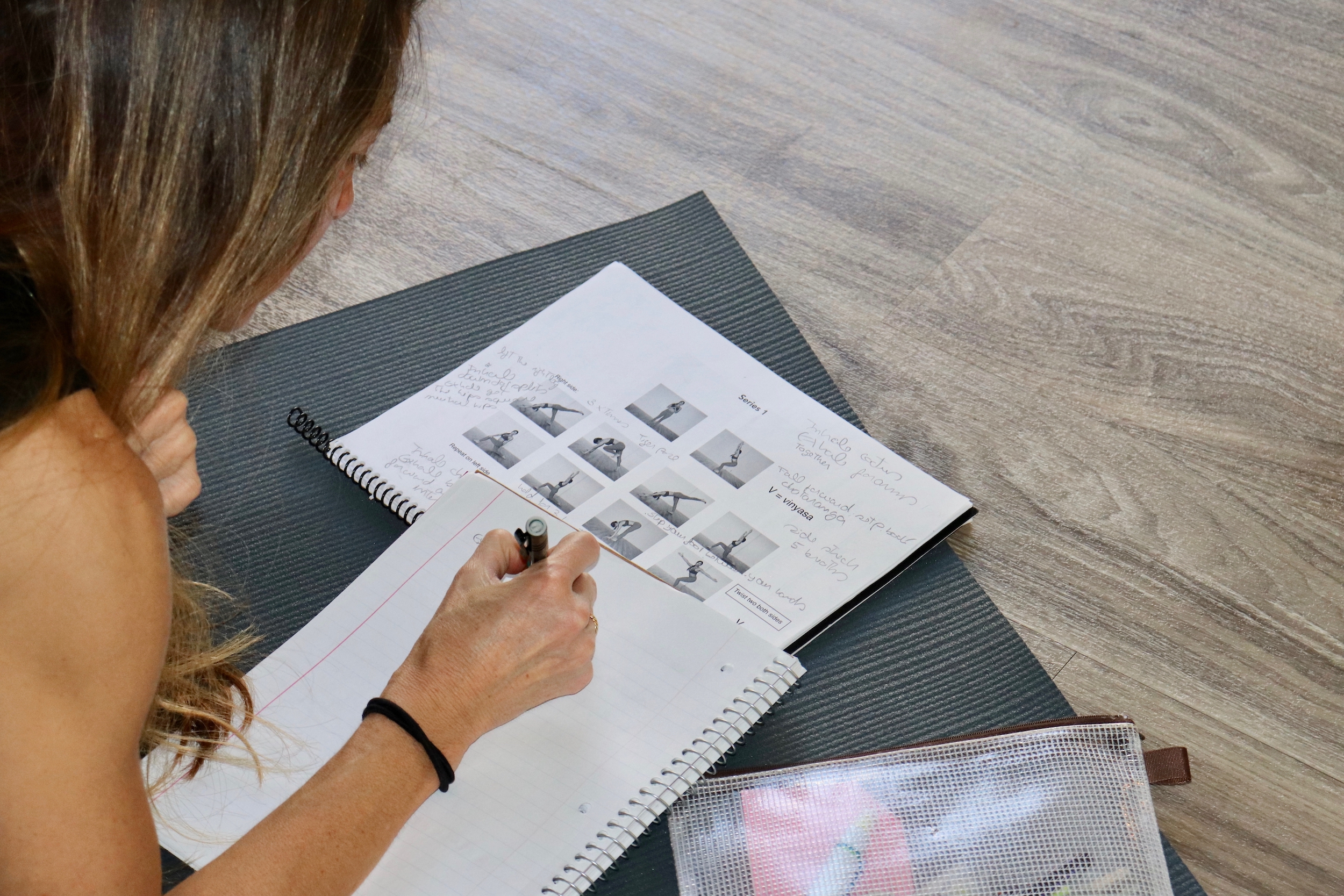
Stay Creative With Your Sequencing
Bad sequencing can mean the difference between an okay class and a class you’ll never forget. When the sequencing flows seamlessly, students immerse themselves in a meditative form of movement that feels almost euphoric. On the other hand, mediocre sequencing leaves you feeling disconnected, disappointed, and even misaligned. You can’t just throw poses together in random orders and hope that they land right. Logical sequencing takes planning, lots of practice, and trial and error. One of my biggest pet peeves is when instructors teach deep poses without the proper warm up. Poses like binds, splits, deep backbends and twists require a lot of heat, otherwise it feels awful. If the body isn’t warm enough, you can even pull a muscle trying. Warm up sequences typically require several repetitions of one-breath-per-movement flows to generate enough heat. It’s not a warm up if you aren’t sweating. A pose such as splits requires several prep poses to stretch the hamstrings. You need triangle pose, pyramid pose, standing splits, seated hamstrings stretches or other poses that target the back of the legs. You can’t just throw that pose in without the proper prep work. Another thing to consider with sequencing is to change things up a lot. Sure, it’s easy to teach the same thing again and again, but aiming to never teach the same class twice keeps things interesting both for yourself and your students.
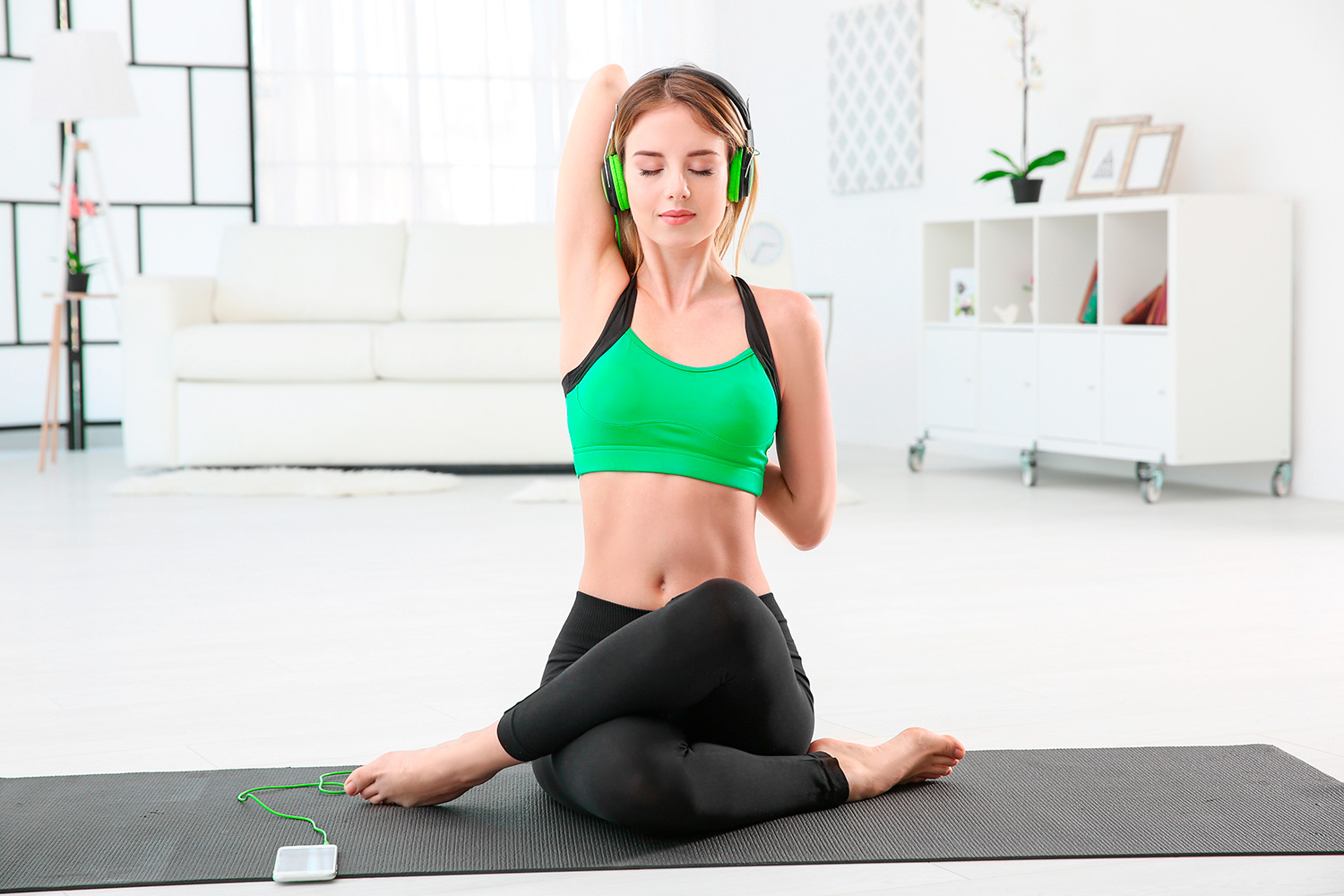
Develop Good Taste in Music
Music adds another interesting layer to your classes, so it’s important to develop a wide range of taste. You can never please everyone, so I always aim to play all types of music in my classes so that everyone will at least like some of it. What works for me may not work for you, given that taste in music is subjective, but we can try. I play everything from house to hip hop, oldies, world music, electronica and yoga music. The important thing to keep in mind is the “arc” of the class. Typically a vinyasa yoga class starts off mellow, builds in intensity and then winds back down towards non-action in final resting pose. Your music should follow the same format. Frame the active parts of the class (the middle) with a mellow beginning and ending. I suggest either meditative music in savasana or complete silence. The sky’s the limit when choosing music for your classes, but remember that music creates the energy in the room, so choose wisely.
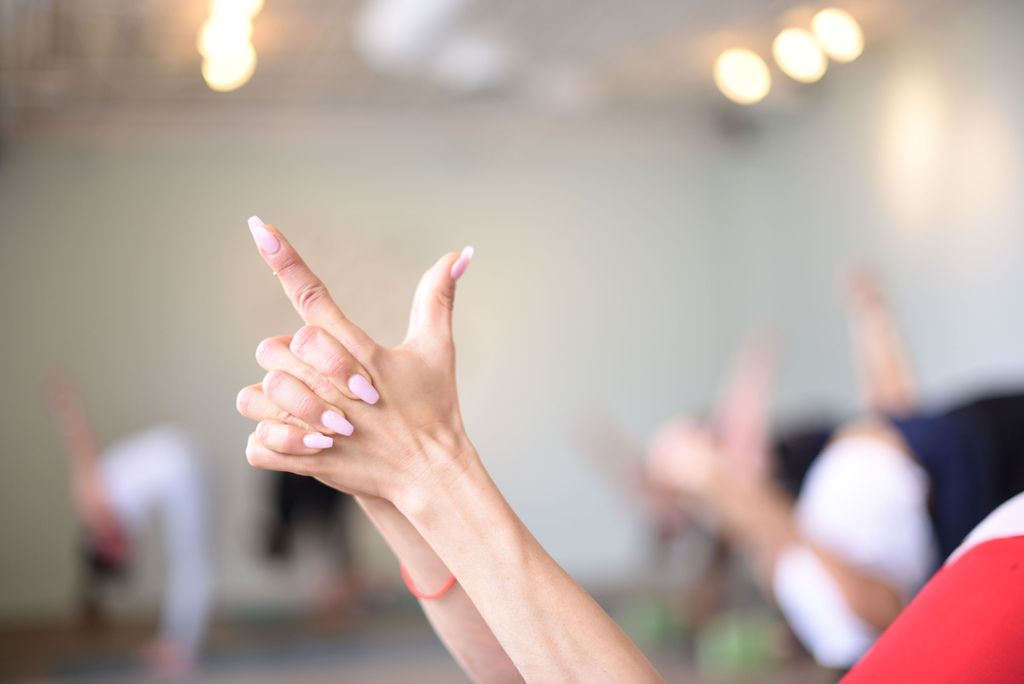
Stay Humble
The minute you think you’re amazing, your ego will get the best of you. If your classes are the most popular at your studio, don’t forget that there’s still more to learn. Remind yourself to get off the high horse because there’s nothing worse than arrogance. You’re not better than anyone else and at some point you were just a beginner. In fact, if you keep thinking you’re still a beginner you’ll have much more to offer than if you see yourself as an expert. Humility goes a long way and it will draw students towards you. A great quote by Ernest Hemingway comes to mind: “There is nothing noble in being superior to your fellow man; true nobility is being superior to your former self.”
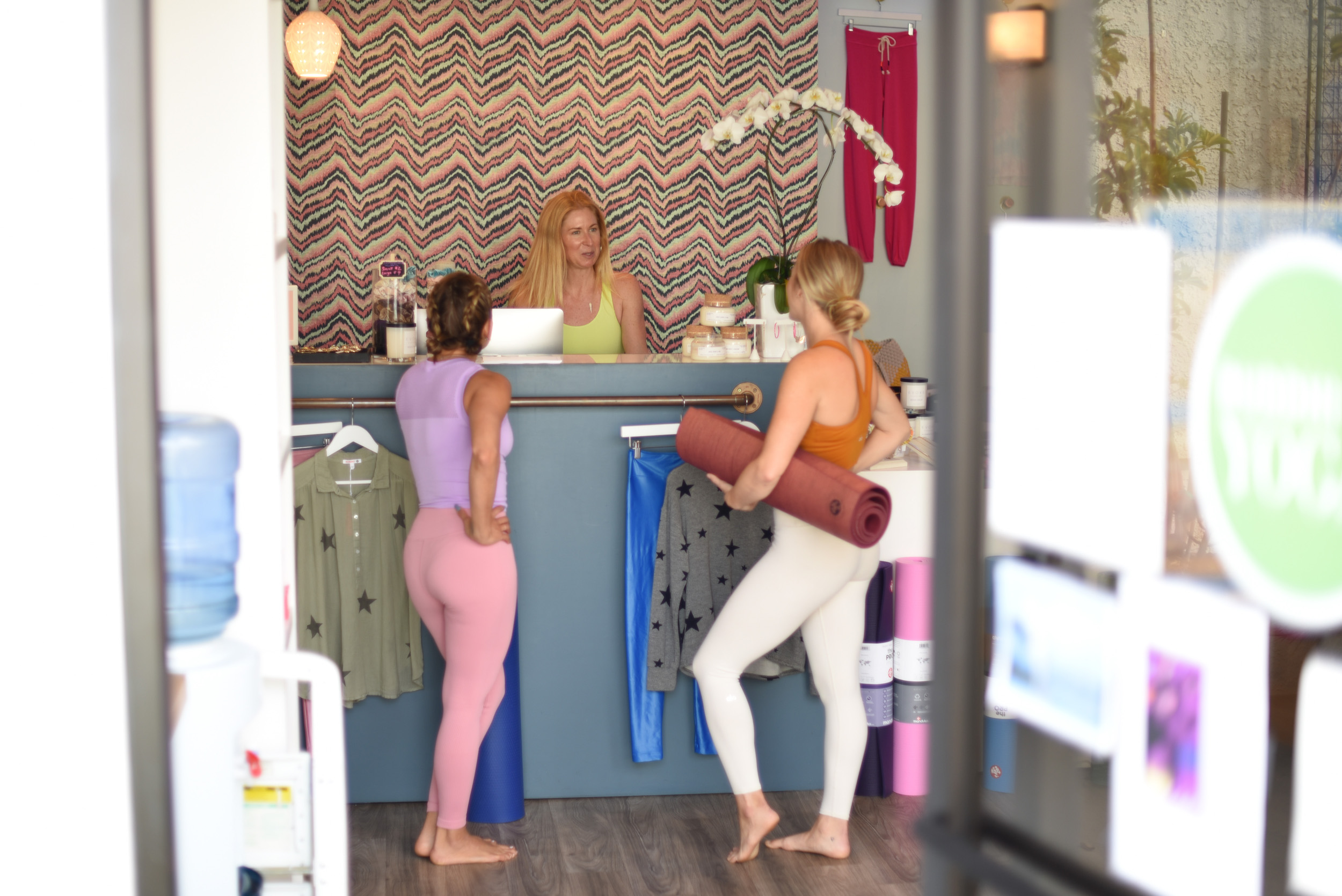
Show Up Early to Teach
Showing up two minutes before your class starts is rude and all it will get you is a frantic start. The old saying goes, “showing up five minutes early is on time and showing up on time is late.” I’ll add another: Showing up fifteen minutes early is the best recipe. If you have an issue with tardiness, nip that in the bud right away. Get to class early so you can leisurely set up and have time to connect with your students. Being at the studio early helps you get into the right mood for teaching and you’ll infuse the space with your energy.
Be a Professional Yoga Teacher: Keep Your Personal Life Separate From Your Classes
I had a teacher that used to come to class rattling off her woes about her boyfriend, work and everything else. I felt like she dumped her garbage into my brain and I left class feeling more stressed than when I first came in. Keep your personal life out of your classes. People go to yoga to release, recharge and reset. Respect your student’s experience and stick to the yoga topic. This is another good reason for showing up to the studio early. If you just had a fight with someone or you’re stressed about something going on in your life, take a few minutes to yourself in the bathroom to put it all on pause. Let it go, breathe deeply and get yourself in the right mindset to lead a class.
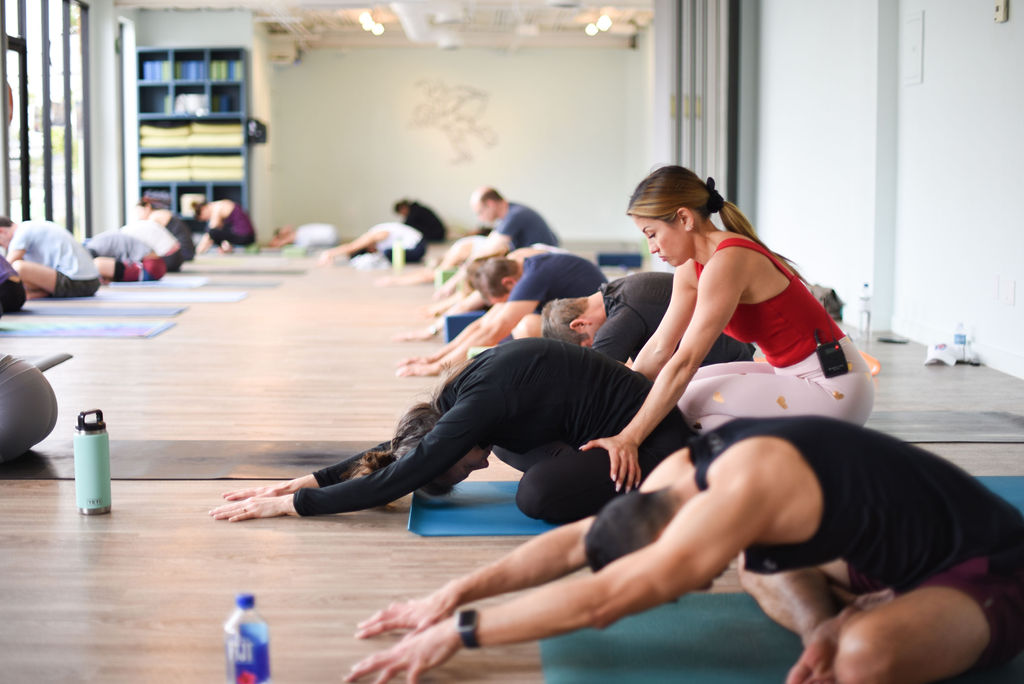
I hope all these tips and tricks make a difference in your role as a yoga teacher. It’s an honor to share this amazing practice with our students, so don’t take it lightly. It takes a lot of work to be a great teacher. You constantly have to keep taking yourself out of your comfort zone. You have to care enough to keep evolving and improving. Anyone can teach yoga, but “the difference between mediocrity and excellence is often a matter of effort.”
Become a Great Yoga Teacher by Taking Classes Online
If you don’t have teachers near you that inspire you, take our classes online. We offer vinyasa, slow flow, kundalini, and meditation. The great thing about doing yoga online is that you can pause the video any time you want to take notes. Think of it as your own personal yoga studio with teachers who have over twenty years of experience. If you’re not a member yet, sign up and get your first two weeks free.

Leave a Reply
You must be logged in to post a comment.